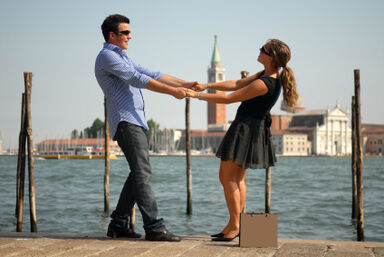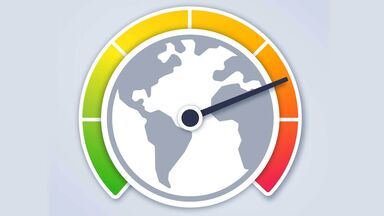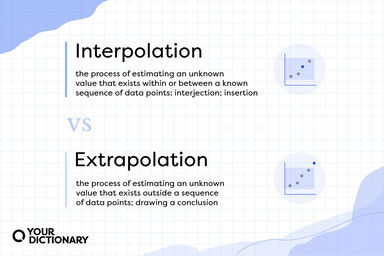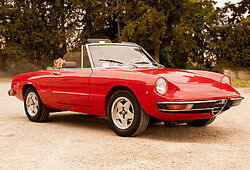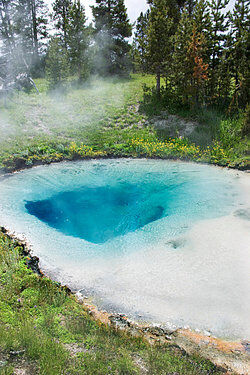The crystals are feebly doubly refracting, and in polarized light exhibit a banded structure parallel to the cube faces.
The convection of a medium thus polarized involves electric disturbance, and therefore must contribute to the true electric current; the determination of this constituent of the current is the most delicate point in the investigation.
One possessed the power of turning the plane of the polarized ray to the right; the other possessed no rotary power.
The proof of this statement rests on the fact that if the hydrogen atoms were not co-planar, then substitution derivatives (the substituting groups not containing asymmetric carbon atoms) should exist in enantiomorphic forms, differing in crystal form and in their action on polarized light; such optical antipodes have, however, not yet been separated.
In polarized light they show a weak grey colour with a black cross, the arms of which are parallel to the cobwebs in the eyepiece of the microscope and remain stationary when the section is rotated.
